How can you enhance the appearance and its overall look of your embroidered backpack made of leather to enjoy it more?
What type of bag are you carrying? Is it one of “those plain ones” or something fancier? Have your parents ever pressured you to take a “useful” gift from them rather than the wonderful one you’ve had your heart set on?
This is a creative and low-cost method for enhancing the overall appearance of your backpack.
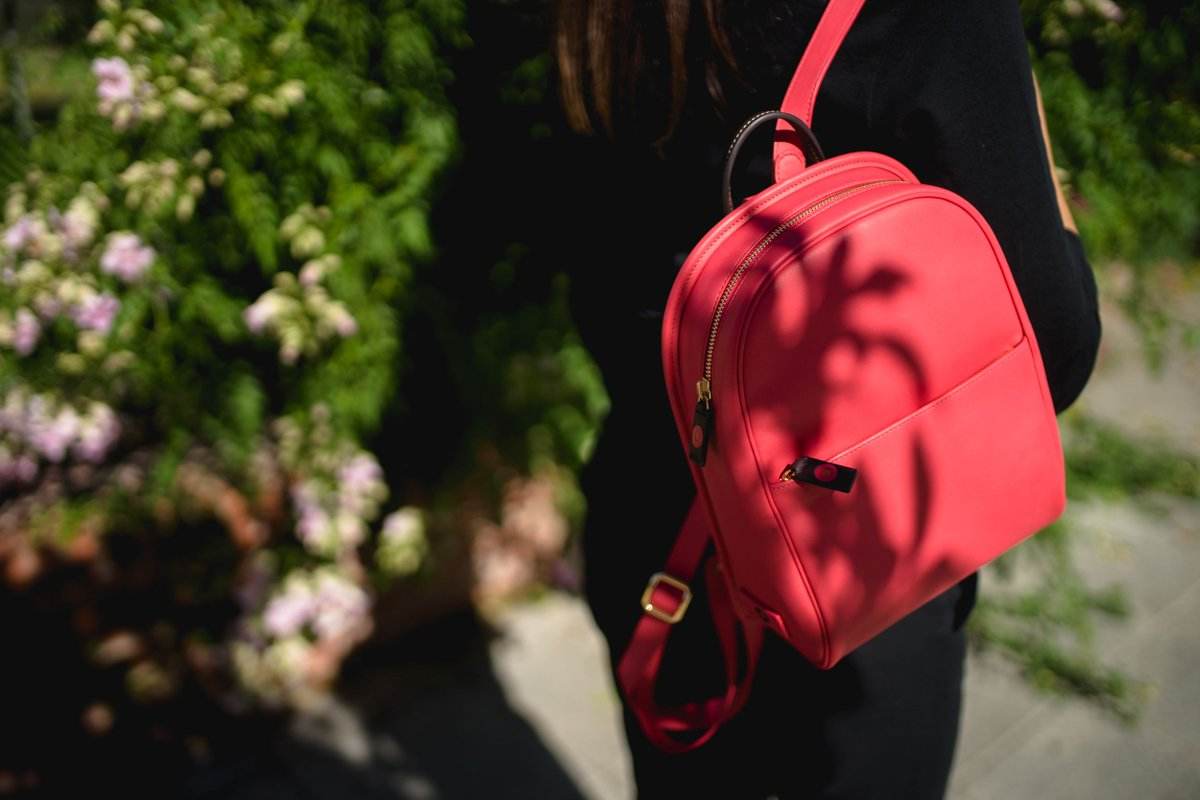
Steps:
To begin, decide where on the bag you would want to attach the decorations that you have chosen.
Conceive your concept in the form of a drawing. You have the option of drawing your sketch directly into the cloth or paper using a tailor’s chalk or another kind of washable marker. Before you draw the whole thing, you should test this out in a more contained area first.
Step three, assemble the necessary needlework materials. Needles of several sizes as well as a skein of thread in each of the colors specified in the pattern should be gathered.
If the material of the bag allows it, use an embroidery hoop to pull the cloth taught and secure it.
When it comes to getting a good fit for the fabric that is used in the construction of a backpack, using an embroidery hoop is not always the best option. In this particular circumstance, all you need to do is take care not to pull each thread too firmly.
Make sure to choose embroidery thread that is colorfast if you want to prevent future difficulties with washing.
6 Find out how thick your floss or yarn should be for the project you’re working on. It is recommended that when tying certain knots, such as the French Knot, you use all six strands of thread, as is common when working with embroidery floss.
Fewer strands must be used concurrently in order to get the desired appearance while simultaneously working with finer details. The conventional number of strands is two, however, you should use your best judgment in this matter.
Seven, either start stitching from the inside of the design or use the darkest thread that you can find. Both approaches have their merits and benefits.
Because the item being sewn is handled so often, lighter colors are more likely to get discolored as the process progresses.
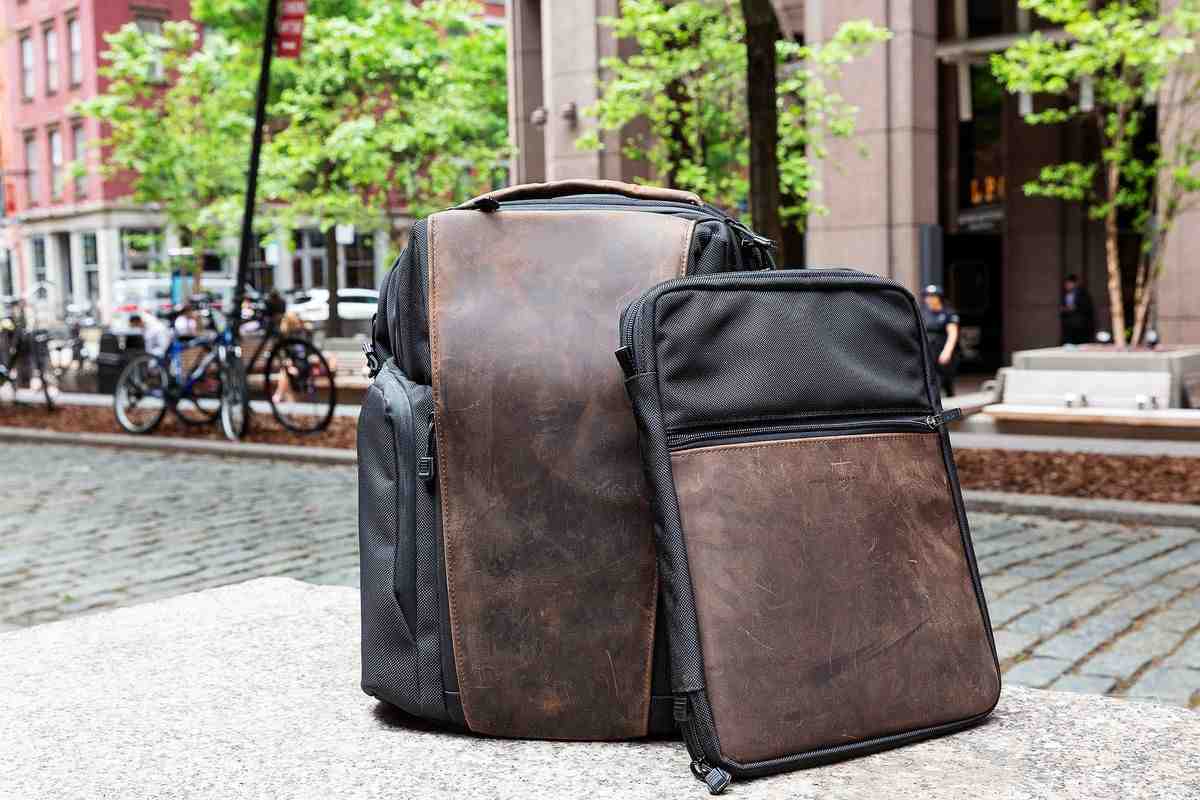
If you start in the midst of the program, it will be much easier to make modifications to suit your requirements as you go through it. (Starting as near to the boundary as possible decreases the margin for error.)
When you sew, make sure the fabric is pulled tight. Even the slightest pull on the embroidery thread might cause the cloth to pucker, which would make the completed backpack seem unattractive.
- Ensure that you tie a knot at the end of each thread to prevent it from becoming undone.
To assist in smoothing the area and repairing any tiny puckering, the finished needlework may be ironed or steamed.
It’s possible that a vintage leather travel bag, backpack, or purse may be deemed an expensive leather bag.
There is nothing more frustrating than having a filthy bag that you are unable to clean due to the porous leather or the fact that it is damaged on the inside.
What specific measures can I take to ensure that my leather goods continue to look their best?
When it comes to cleaning the leather on your item, you have a few different options accessible to you. It is essential to keep in mind that the procedure will differ in accordance with the kind of leather that you are using in your task.
Knowing that there are ways that are successful for dealing with the great majority of leathers is both reassuring and encouraging.
The first thing you need to do in order to clean leather the right way is to have the right equipment.
Obtaining a microfiber wipe is the first step you should do to protect the leather from being scratched. You may use a flannel, a clean cloth, an old t-shirt, or a tea towel in place of a microfiber wipe if you do not have one available.
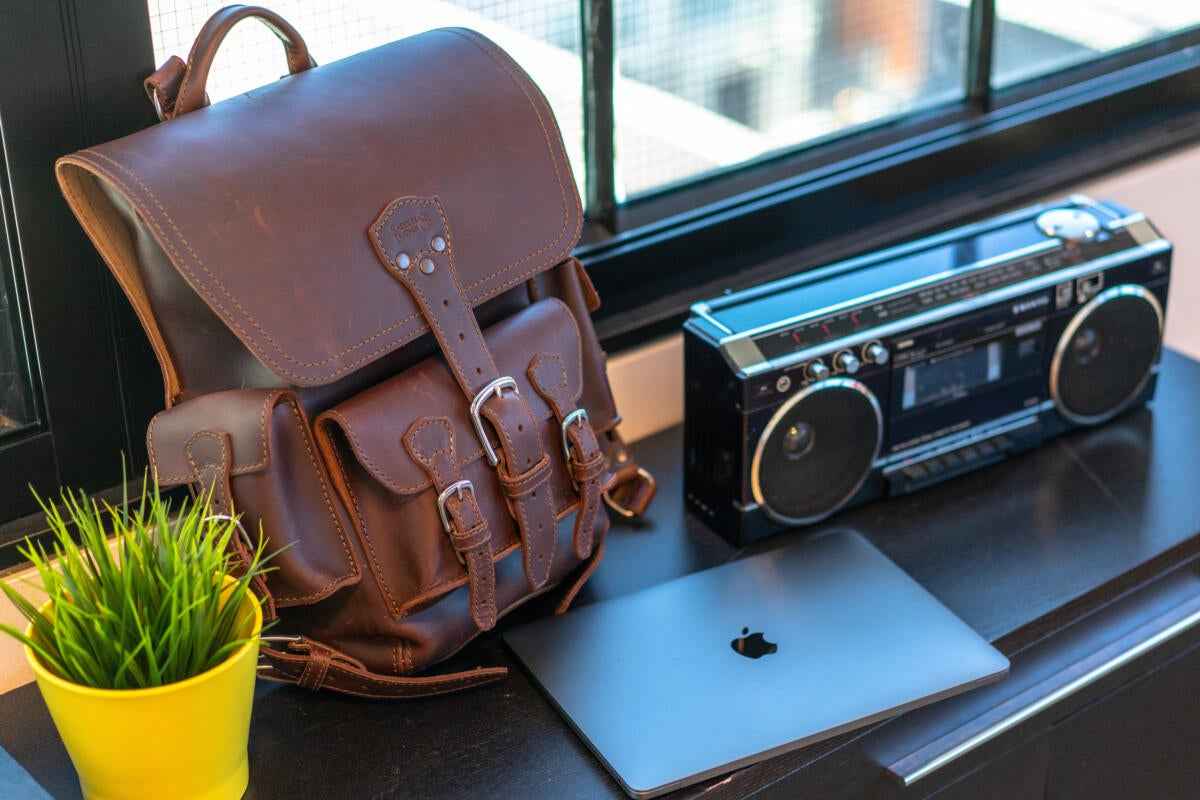
You are in possession of the necessary tools, but in addition to that, you are going to require the necessary cleaning supplies.
To clean leather, use Marseille soap or, if you have access to leather-specific bars, clean it with them instead. Another fantastic option is breast milk or a makeup remover designed specifically for use on the face.
Bear in mind that just as you wouldn’t want to use a product on your hair, you probably shouldn’t use it on your leather either. This is because the two materials have very different needs.
Finally, you should choose the nourishing cream that works best for your leather in order to get a high-quality professional leather cream that is effective for you.
Details on the care and upkeep of a variety of leathers
When it comes to cleaning, certain varieties of leather need specialized attention. Even if it is successful on other kinds of leather, Grandma’s approach may ruin some types of leather but not others.
Before trying any type of cleaning, it is essential to have an understanding of the technique that was used in the production of your leather item.
You may have several kinds of leather in your possession, such as full-grain leather, aniline leather, or nubuck leather. This section will provide you with knowledge on how to properly preserve these different kinds of leather.
If every item that could possibly be made of leather was discussed in this article, it would be extremely lengthy.
Dusting full-grain leather with a dry microfiber cloth is the first step in cleaning it before using milk or soap. Utilize your leather cream or another kind of maintenance to maintain the leather on your item in a pristine shape.
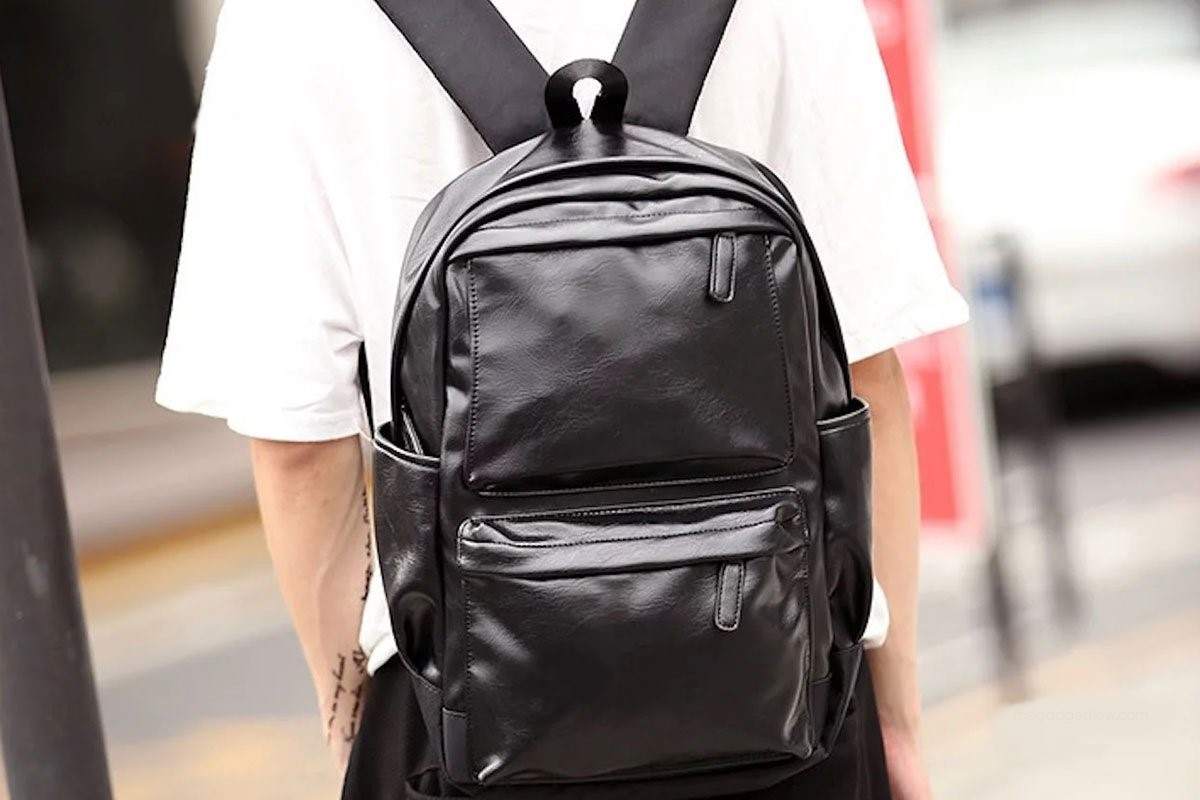
When you’re through, your full-grain leather will have the same smooth, supple feel that it had when it was first purchased.
If you are familiar with the process of cleaning full-grain leather, then you are already familiar with the process of cleaning-grained leather. First, dust with a dry microfiber cloth, and then apply soap, milk, or any other cleaning solution you choose.
Applying leather lotion designed to nourish the leather is helpful. In most situations, it is better to avoid touching leather if at all possible.
If you believe that it is necessary, you should provide it with a nourishing treatment every once in a while. Make use of a tiny and gentle brush to clean the grain, but take care not to damage the surface.
It is possible to dust leather with a suede finish using a soft brush, and then allow the leather to dry in its natural state.
It is necessary to waterproof suede leather before using it since it is more likely to soak up water than smoother types of leather.
Utilizing the waterproofing solution twice or three times a year, depending on the quality of the product can assist in the preservation of the leather and the fight against stains and humidity over the long haul.
Next, refresh the velvet or suede by spraying it with a product designed exclusively for that purpose. This item is the most effective choice for safeguarding the suede leather possessions you cherish.
Hold the can at least 25 cm away from the leather to reduce the amount of overspray that is produced. It should be OK to proceed once you have given it a break for around 15 to 20 minutes.

If the stain is still there after you have completed these procedures, you may try using an eraser that is made specifically for suede or nubuck leather. Take caution, since the gum may leave a mark on the leather!
Nubuck: The maintenance and cleaning procedures for nubuck leather are identical to those for suede leather.
You may wipe the leather off with a moist microfiber towel to remove dust since the patent confers some additional water resistance on the leather (but not completely).
You may keep its shine and suppleness by rubbing a drop of olive oil or linseed oil into it every once in a while.
This will keep the oil from becoming rancid.
Leather with an aniline finish requires the same maintenance as leather with a full-grain finish. After the dust has been removed using a dry microfiber cloth, either soap or milk may be used to clean and rehydrate the object, respectively.
Leather has a built-in ability to withstand moisture, thus protecting it from the environment is not necessary.
Bonded leather, on the other hand, does not consist of real leather and so wears out far more quickly than its genuine counterpart. Because of this, it is vital to do proper maintenance.
Scrubbing gently with a cloth that is just slightly damp (microfibre or not). In the event that the surface of the object has sustained significant damage, it is also possible to protect it using a leather conditioner.
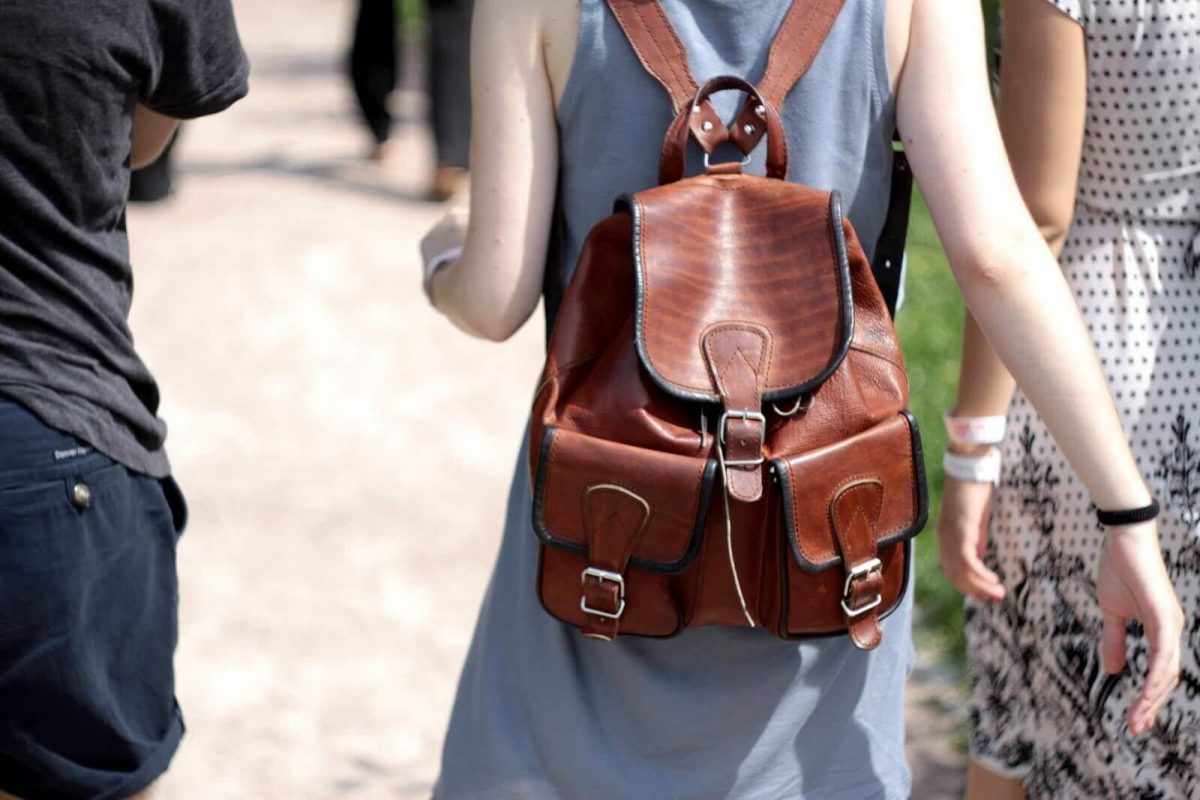
PU leather, often known as synthetic leather, is leather produced from polyurethane. Because it is an artificial leather made from plastic, PU leather, much like bonded leather, is simple to maintain because of its composition (in this instance, polyurethane plastic).
Because of this, the use of leather conditioner is no longer required.
It is possible to clean it with a moist cloth, just as bonded leather is. In the event that none of the first two approaches is successful in removing the stain, you may try using isopropyl alcohol or Javel water.
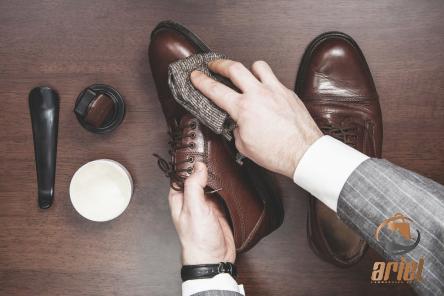




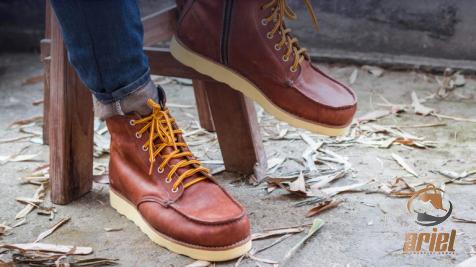


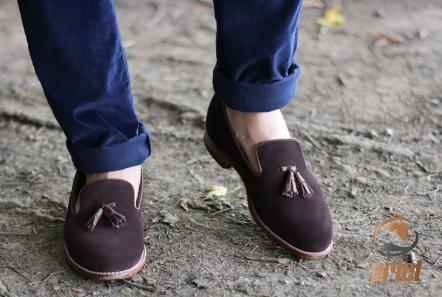

Your comment submitted.